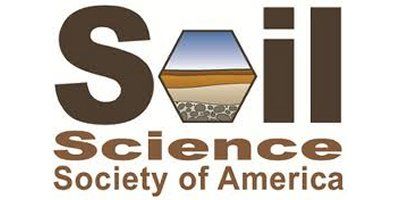

Soil Science Society of America (SSSA)
Surface energy fluxes and evapotranspiration of a mango orchard grown in a semiarid environment
Oct. 15, 2007- By: Vicente de Paulo Rodrigues da Silva; Pedro Vieira de Azevedo; Bernardo Barbosa da Silva
Courtesy ofSoil Science Society of America (SSSA)
Data from field experiments conducted in the semiarid climatic conditions of northeast Brazil were used to investigate the energy flux relations and evapotranspiration (ET) of a mango (Mangifera indica L.) orchard. The Bowen ratio–energy balance method was applied during the 1998–1999 fruiting cycles to estimate the energy balance components of the mango orchard, while the FAO Penman–Monteith approach was used for determining the reference evapotranspiration (ETo). Results indicated that latent heat flux density (E) could be obtained, with reasonable precision, as a function of measured net radiation flux density (Rn). The percentage of Rn used as E was higher for the fruit growth and fruit maturation phenological stages, and lower for the flowering and fruit fall stages. For both field campaigns, E was found to be the major component of energy balance, comprising >70% of the available energy. Soil heat flux was always the smaller component, comprising <8%. Daily mean value of ET was higher during the 1998 fruiting cycle than that observed in 1999. Inversely, the ET increased approximately 6% from the 1998 to 1999 fruiting cycle. These results may be used for planning and management of irrigation for mangos grown in similar environmental conditions.
Most popular related searches
Stay in the loop!
Select your areas of interest to receive industry updates.
